In 2010, I was building components for large camouflage netting and shelter systems for the U.S. Department of Defense in the Dominican Republic. We also had an active partnership with a French company called Musthane, which made collapsible water bladders to contain clean water, primarily sold for global defence requirements. At 16:53 on Tuesday, January 12th, 2010, neighbouring Haiti experienced a 7.0 magnitude earthquake with at least 52 aftershocks. Well over 100,000 people were killed and 3 million affected– mostly displaced from their homes without shelter or clean water.
Prior to the earthquake, Haiti was already such a poor country dealing with government corruption, in particular around foreign aid. At the time, I had capacity at our factory in the Dominican Republic, a mere 5-hour drive across the border. Meanwhile, my family-owned business, headquartered in Guelph, ON, Canada, was manufacturing actual shelters in over 220,000 square feet of space. My inexperience, which can be my biggest asset, told me that it was a no-brainer to try to sell or partially donate shelters to help this natural disaster. What happened next still bothers me. Over the course of the next 6 months to a year, while millions of people struggled with no roof over their heads or clean water, a three-ring circus with loose elephants and falling gymnasts ensued between NGO procurement agencies, the Haitian government, and the long list of foreign governments looking to provide funding to help the disaster.
Over $500M USD was raised to help the disaster in Haiti, but working on the ground with NGOs made it seem like there was a real disconnect between the funds raised and relief showing up on the ground. Lots of small factors contributed to this – corruption throughout the chain, major logistical issues, extreme on-the-ground confusion, and of course politics between various governments, levels of governments and NGOs all interfering and causing delays and mistakes in the support efforts.
One thought I have had since that experience is that the Government (or even the average person wanting to donate) could help a natural disaster by buying Canadian products/technologies and donating them directly to the disaster relief situations. We have a strong, vibrant defence industry in Canada, and by extension, there are significant dual-use technologies that apply to disaster relief support. The fact of the matter is, when it comes to disaster relief technology, the defence industry is really well positioned to deliver on those needs. Most basic military products, especially those having to do with the logistics of deploying abroad, are great technologies that can be deployed quickly and effectively into operation with disaster strikes. Most defence technologies are in fact dual use.
The following are some Canadian technology businesses in the defence industry that work in the disaster relief business.
Container Truss Systems Inc. is a modular container roof truss and wall system engineered to mount onto any single ISO container or “sea can”. This entire system is compacted to fit into a single container, for easy transportation to remote or hostile environments.
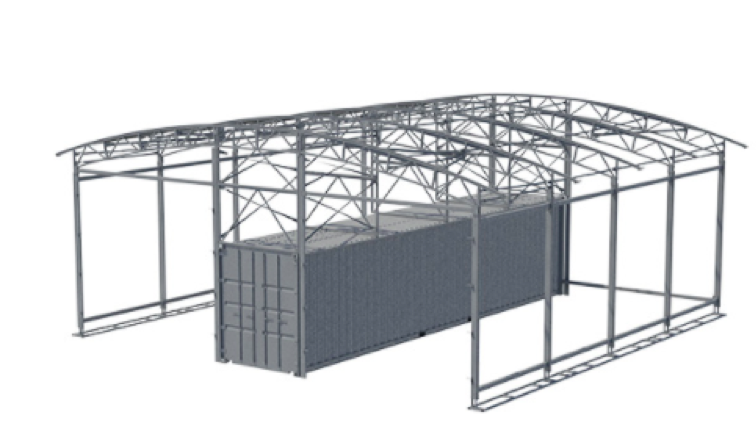
A well known Canadian turnkey shelter system, camp and field hospital company is
Weatherhaven. In an interview with CDR, Weatherhaven CEO Ray Castelli recognized the criticalness of working with Canada first to then make exports abroad. “Weatherhaven had partnered with Canada’s DND in the mid-90’s to develop and patent its expandable container solution. Over the years, it had sold some 200 of these expandable containers to Canada with uses ranging from command centres, to kitchens to field hospitals. As a result of having Canada as its first customer and being showcased abroad, more than 2,500 of these units have since been sold to more than 20 countries, including the U.S., the UK, Brazil, Australia, Japan, South Africa and Germany, outstripping ‘home market’ sales by a factor of more than 12 to 1.”
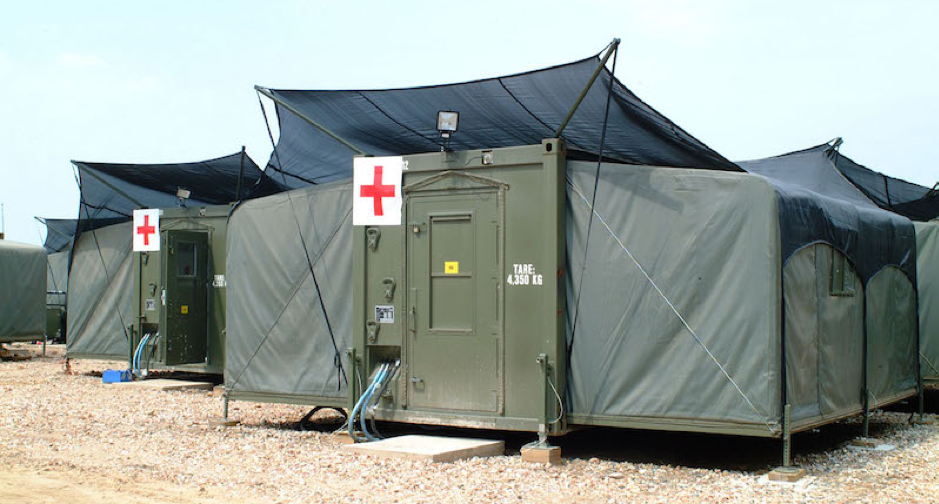
Tulmar Safety Systems is a purpose-designed inflatable product business for tactical flotation, safety and survival.
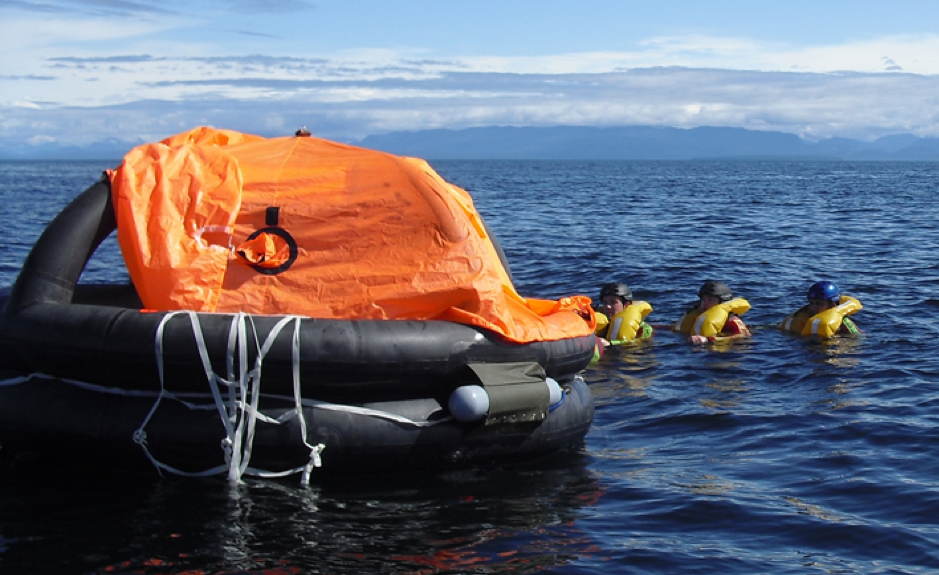
Galex Systems sells a Galex Power Pack, which is a solar powered container/shelter for use in deployment in disaster situations.
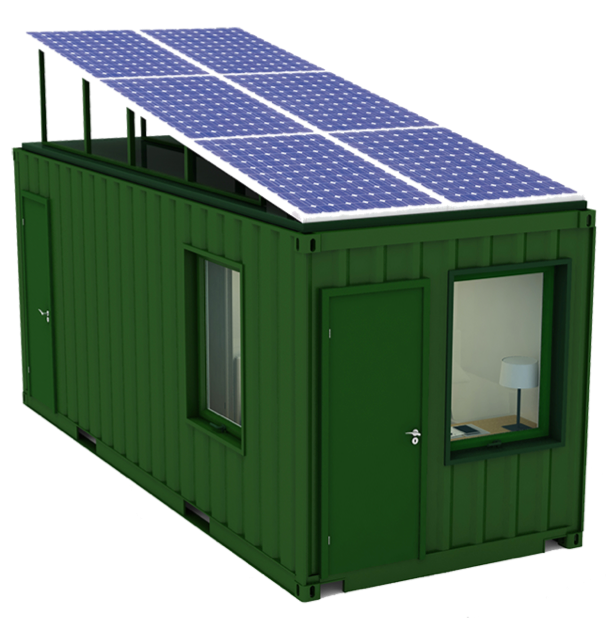
Island Water Technologies sells the REGEN, which is a deployable wastewater treatment system that is mobile and modular with optional solar powered operations.
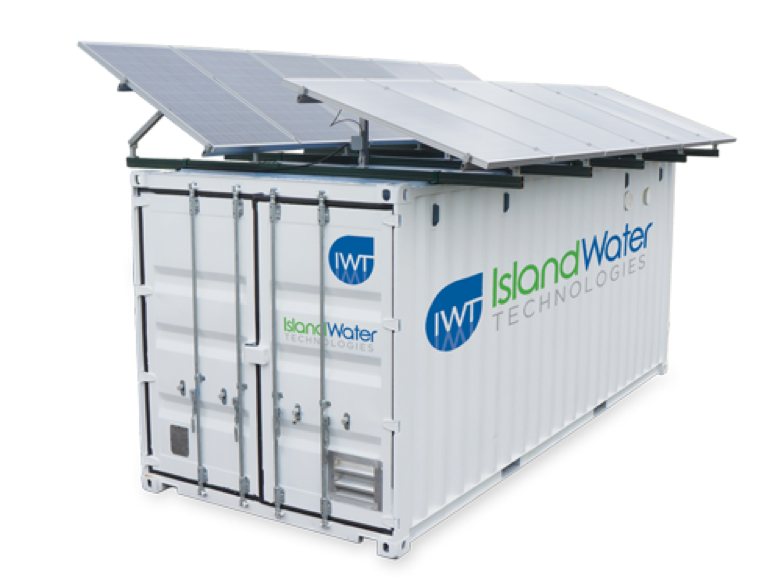
Alteeve Niche is a small Canadian company that turns a ship into a floating data center with their hands-off servers. Their clouds are in the water– I love it.

Base Camp Connect sells a product called BCC LITE, which is a portable rapid-deploy kit that creates a local network, interconnects radios, and automates network failovers.
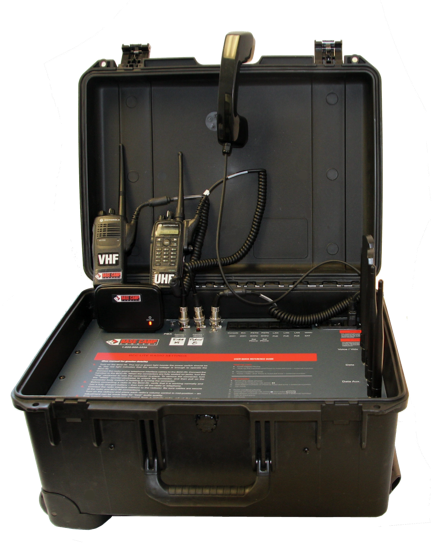
Terragon Environmental Technologies sells the MAGS system which treats and transforms organic, combustible waste into energy onsite.
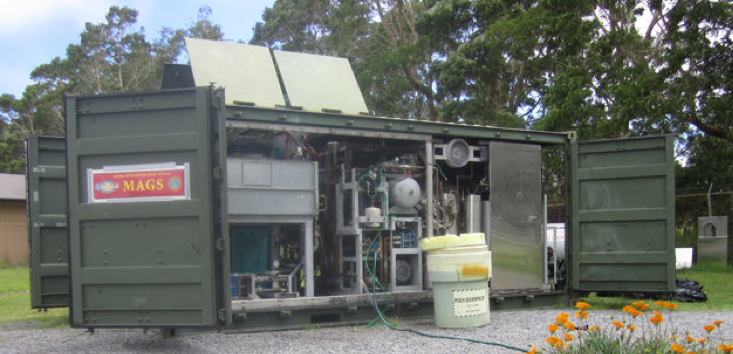
Bionic Power is a company I got to know years ago when they were starting up. They essentially generate energy in operation through walking! Their harvester technology resembles an athletic leg brace. The harvester, worn on both legs, generates power during normal walking motion. Sufficient power is generated in one hour to charge three to four smart phones. The technology is used mostly by the U.S. Department of Defense in theatres, but could be very useful in disaster relief situations as power tends to be one of the most immediate issues.
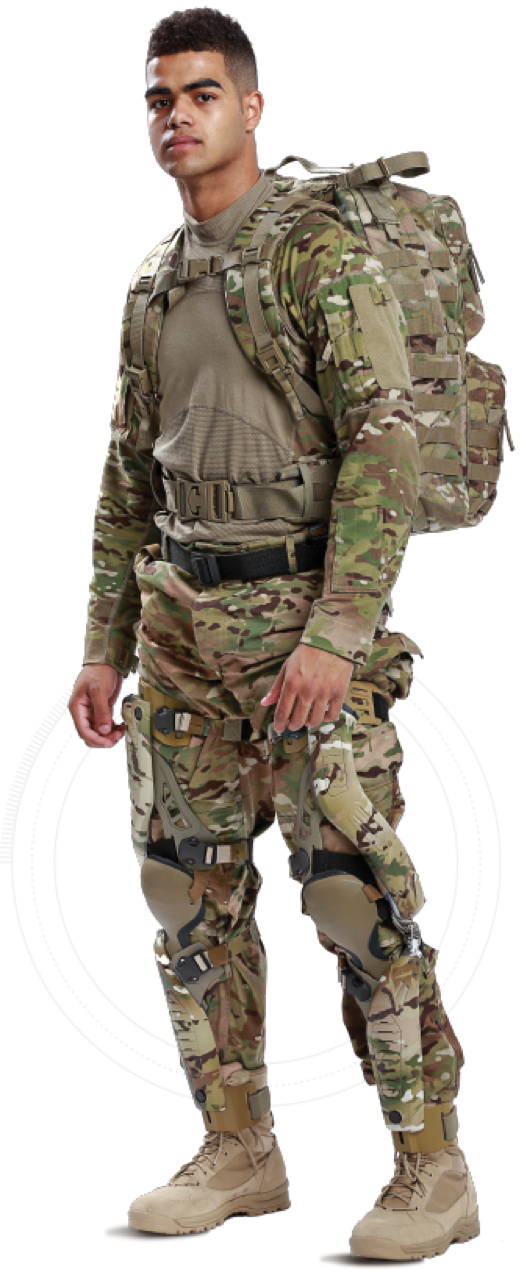
C4i Training & Technology is a service provider business; C4i Training & Technology’s employees are experienced in operations center staff development, crisis and emergency management training using the latest simulation tools. I would imagine that bringing their efficient, battle-tested skills to disaster relief would be highly efficient.
One of the biggest issues across Haiti after the earthquake was communications as most of the networks were down. Families couldn’t find each other, and it was very difficult for first responders to communicate. Ottawa-based General Dynamics Mission Systems-Canada has developed a deployable, dedicated and secure broadband (LTE/4G) communications system that can be taken with security forces or humanitarian relief teams anywhere in the world. When it is activated, the EmergencySHIELD establishes a persistent network that can rapidly share video, voice, data and location information that can also supplement existing radio systems.
Overall, I find that it is difficult to innovate in traditional sectors, such as within NGOs– but imagine the impact we could have if we thought differently about the technologies we could deploy to do good, about the dual use with the defence industry, and about the model by which we deploy those technologies.
